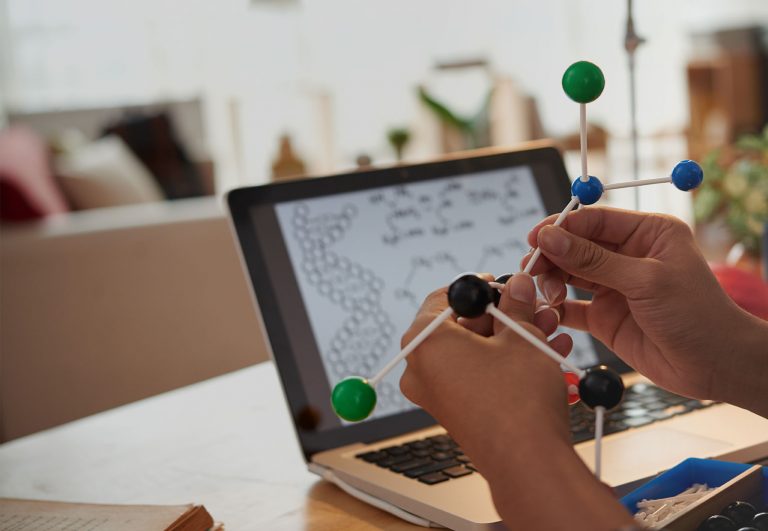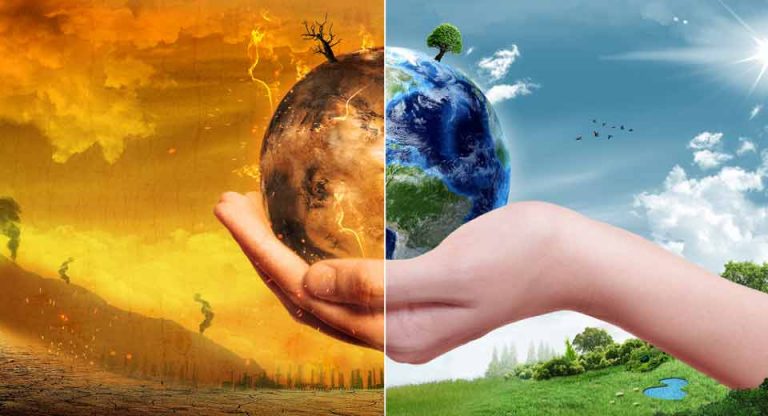Parenting(Age 5 to 8) | Academic | General | Parenting(Age 9 to 12) | Parenting(Age 13 to 16) | Aug 25, 2020
Composition of Matter in Physics

As students dwell into learning science, there comes a stage when they have to be aware of what each and everything is formed of. This is where the study of matter becomes important. Here we’ll study on the matter and its compositions.
The matter is a name given to any substance that has mass and volume and takes up some space. All the objects that we see and use on a daily basis tend to be composed of atoms, which are made up of interacting subatomic particles. Matter collectively includes atoms and everything that has been made of it, which further have rest mass and volume. However, the matter does not include any massless particles like the photon.
Matter tends to exists in different states which are solid, liquid, and gas, for example, water exists as ice, liquid water, and also in the gaseous form of steam. But apart from these three states, there are even other possible states like plasma.
In terms of the composition, the matter is further classified into elements, compounds, and mixture. Let’s study in detail about these three.
Elements
Element is known as the basic form of matter which can’t be further broken down into a simpler substance by conducting the chemical reactions. This is why elements can be considered as pure substances which tend to be formed with just one kind of particles. The smallest particle of the element is known as an atom. The atoms of any one element are all alike but they are completely different from the atoms of some other element.
Elements can be further divided into four categories:
- Metals
- Non-metals
- Metalloids
- Noble gases
Each of these categories tends to have its own characteristics. As of today, 118 elements are known, out of which mostly are solids, two elements are liquid and eleven elements are gases. These elements can be further monoatomic, diatomic, triatomic, or polyatomic. Examples of these elements are copper, silver, iron, gold, nitrogen, helium, oxygen, etc.
Compounds
A substance that is made up of two or more elements is known as a compound. The elements are chemically combined in a fixed proportion in order to form compounds. Different elements can combine with chemical reaction and after these reactions, the elements end up losing their identity and they cannot be separated from each other using any simple means. Thus, a compound can be stated to be a pure substance which is formed chemically through the union of two or more elements.
A compound is considered to be homogeneous which means that all the particles of the compound are identical and they have the same properties. Along with this, the property shown by any compound remains different from the constituent elements. While any compound is formed, energy tends to be evolved or absorbed. In most of the cases, the energy is in the form of light, heat, or electricity. Some of the common examples of compounds are sugar, common salt, water, rust, washing soda, etc.
Mixtures
A mixture is a name given to any substance that has been formed with two or more elements or compounds that have been mixed in some definite proportion. In our daily life, we come across and even use many things that are mixtures. Some of the common examples are air, ores, minerals, seawater, etc. It should be noted that in a mixture, the components included in it do not end up losing their identity after getting mixed. These components do not end up interacting chemically to form mixtures.
A mixture is usually considered to be heterogeneous as the components of the mixture can be mixed together in any proportion by weight, without affecting the properties of the individual components. The components of the mixture can even be separated by simple physical means. For the preparation of the mixture, there would not be any need for energy change. The examples of mixtures are the mixtures of any two liquids like water and alcohol, milk, salt solution, earth crust, etc.
When mixtures are broadly studied, they can be classified into two types:
- Homogeneous mixture: In this kind of mixture, the composition is known to be uniform throughout it. This can also be stated as a solution. Air is a good example of a homogenous mixture of oxygen, nitrogen, carbon dioxide, and water vapors. These gases tend to get physically mixed and are not chemically combined with each other. Other homogenous mixtures are brass (copper and zinc) and steel (iron and carbon). There are even some other common examples like petrol, cement, etc.
- Heterogeneous mixture: In this kind of mixture, there are different parts physically and each would be having different properties. For example a mixture of kerosene oil and water, sodium chloride and iron filings, etc. In such a kind of mixture, the different components can be seen and identified like the yellow-colored sulfur particles and the black colored iron filings can be seen in the mixture of theses. The iron filings in the mixture can be effectively separated from it by using a magnet. Thus, we can say that the components of the heterogeneous mixture can be separated just by the physical methods.
How a mixture and a compound are different?
Sometimes, the students end up getting confused between a mixture and a compound as both of these are formed by mixing something together. But both these aspects are different. Here are some points which will elaborate on the difference between them:
- A mixture is made with substances in any proportion, while for a compound; the substances have to be combined in a fixed proportion.
- A compound is formed with a chemical reaction while no such reaction is needed to form a mixture.
- A mixture can be either homogeneous or heterogeneous while a compound is always homogeneous.
That’s just a start, study on the matter and the composition can go deeper and deeper. With the right help, students can get through all these subjects in a cinch.















Post a Comment: